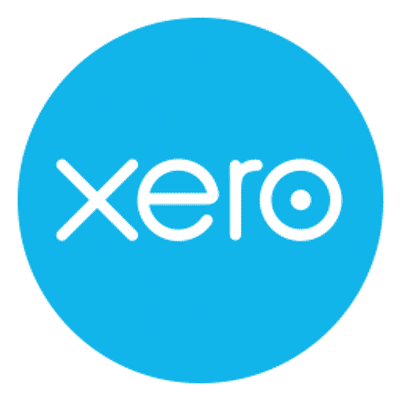Unleashed is a Inventory Management Software. Unleashed offers Traceability, Supplier Management, Shipping Management, Serialized Inventory Tracking, Purchase Order Management and many more functionalities.
Some top alternatives to Unleashed includes Zoho Inventory, Rutamsoft Inventory Management System, EasyEcom, EazyStock and EZOfficeInventory.
Yes, Unleashed provides API.
No, Unleashed doesn't provide mobile app.
Unleashed is located in Auckland, New Zealand
Unleashed offers Free Trial, Subscription pricing models
Yes, Unleashed can integrate with Quickbooks, Xero, WooCommerce, BigCommerce and many more.You can find more integration for Unleashed here
The starting price of Unleashed is $279/Month when Billed Yearly




















